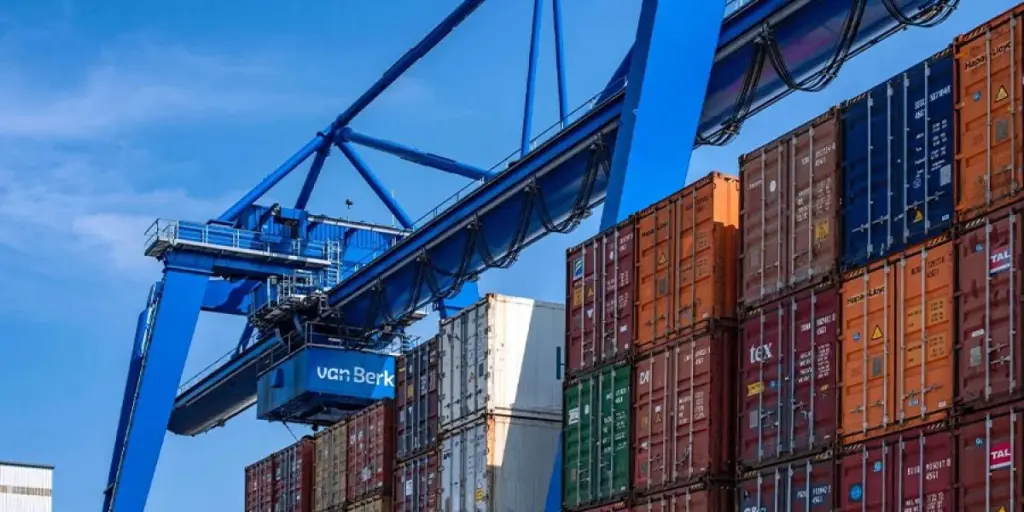Introduction
In today’s globalized business landscape, companies engaging in international trade face a myriad of complex regulations and compliance requirements. Navigating these intricate rules can be daunting, especially for those new to the world of global trade. This beginner’s guide aims to demystify Global Trade Compliance (GTC) and highlight the importance of implementing effective GTC solutions to mitigate risks and avoid costly penalties. By understanding the key aspects of GTC, such as the Harmonized System (HS) codes and emerging laws like the Uyghur Forced Labor Prevention Act (UFLPA) and Corporate Sustainability Due Diligence Directive (CSDD), businesses can ensure smooth international operations and maintain a competitive edge in the global market.
The Importance of Global Trade Compliance
Global Trade Compliance (GTC) is a critical aspect of international business that ensures companies adhere to the various laws, regulations, and standards governing cross-border trade. Failure to comply with these requirements can lead to severe consequences, including hefty fines, legal action, and reputational damage. In some cases, non-compliance may even result in the revocation of export privileges or criminal prosecution.
Implementing effective GTC solutions offers numerous benefits to businesses engaged in international trade. These solutions help automate and streamline compliance processes, reducing the risk of human error and ensuring accurate documentation. By staying compliant, companies can avoid costly delays at borders, maintain smooth supply chain operations, and foster trust among customers and partners.
Moreover, GTC solutions enable businesses to make informed decisions by providing valuable insights into the impact of customs duties, tariffs, and regulations on their operations. This knowledge allows companies to optimize their supply chains, minimize costs, and maintain a competitive edge in the global market.

Decoding the Harmonized System (HS) Codes
The Harmonized System (HS) is a standardized numerical method for classifying traded products, which is used by customs authorities worldwide. Accurate classification of goods using HS codes is crucial for determining applicable tariffs, duties, and regulations. However, correctly classifying products can be challenging due to the complexity of the system and the differences between commercial descriptions and HS code terminology.
HS codes consist of six digits, with the first six being standardized internationally. Each country or trading bloc may have its own taxonomy beyond the first six digits. The codes are organized into sections and chapters based on the nature of the goods or services. For example, while a hair dryer might be commonly described as an “electrothermic hairdressing apparatus,” it is classified under a different HS code than other hair-related products.
To take advantage of preferential trade agreements and duty drawbacks, businesses must ensure that their products meet the required local content rules. These agreements, established through trade pacts, reduce tariffs for participating countries without abolishing them entirely. Failing to comply with these rules can result in companies missing out on significant cost savings and facing potential legal issues.
The Evolving Landscape of GTC Laws
The landscape of Global Trade Compliance (GTC) laws is continually evolving, with countries implementing stricter regulations to address various concerns such as forced labor, environmental impact, and supply chain transparency. These changes have significant implications for businesses engaged in international trade, necessitating a proactive approach to compliance.
One notable example is the Uyghur Forced Labor Prevention Act (UFLPA), which came into effect in the United States in 2022. This law prohibits the importation of goods mined, produced, or manufactured wholly or in part in China’s Xinjiang region or by entities on the UFLPA Entity List, due to concerns over forced labor practices. Companies must diligently review their supply chains and ensure their products are not associated with forced labor to avoid potential import bans and reputational damage.
Another significant development is the proposed Corporate Sustainability Due Diligence Directive (CSDD) in the European Union. This legislation aims to mitigate negative human rights and environmental impacts across a company’s value chain by requiring businesses to review and report their findings. The CSDD encourages business-to-business reconciliation, marking a shift towards multi-enterprise reporting and a new era of supply chain compliance.
As these laws continue to shape the global trade landscape, businesses must adapt and invest in robust GTC solutions to navigate the complexities and maintain compliance. The demand for advanced GTC tools is expected to grow exponentially, as companies strive to meet the new standards of responsible and sustainable operations in the international market.

Implementing GTC Solutions in Your Business
To effectively navigate the complexities of Global Trade Compliance (GTC), businesses must invest in the right tools and strategies. Implementing a comprehensive GTC solution can streamline compliance processes, reduce risks, and provide valuable insights for informed decision-making.
When selecting a GTC solution, companies should consider factors such as scalability, integration capabilities, and the ability to stay current with evolving regulations. A robust GTC system should be able to automate key processes, such as HS code classification, restricted party screening, and documentation management. It should also provide real-time visibility into supply chain operations and alert users to potential compliance issues.
To ensure successful implementation, businesses must involve key stakeholders from various departments, including logistics, legal, and finance. Conducting thorough training sessions and establishing clear communication channels can help foster a culture of compliance throughout the organization.
Moreover, staying up-to-date with changing regulations is crucial for maintaining ongoing compliance. Regularly reviewing and updating internal policies, procedures, and GTC systems can help businesses stay ahead of the curve and avoid potential pitfalls. Engaging with industry associations, attending trade compliance workshops, and subscribing to relevant publications can provide valuable insights into the latest developments in the field.
Conclusion
In conclusion, Global Trade Compliance (GTC) is a critical aspect of international business that cannot be overlooked. As the global trade landscape continues to evolve, with new regulations and challenges emerging, businesses must prioritize compliance to remain competitive and successful.
By understanding the importance of GTC, decoding the complexities of HS codes, staying informed about emerging laws like UFLPA and CSDD, and implementing robust GTC solutions, companies can navigate the intricacies of international trade with confidence. Investing in the right tools, strategies, and training can help businesses streamline compliance processes, mitigate risks, and make informed decisions.
Ultimately, embracing a proactive approach to Global Trade Compliance is not just about avoiding penalties and reputational damage; it is about building a sustainable and responsible business that can thrive in the global market while contributing positively to society and the environment.




